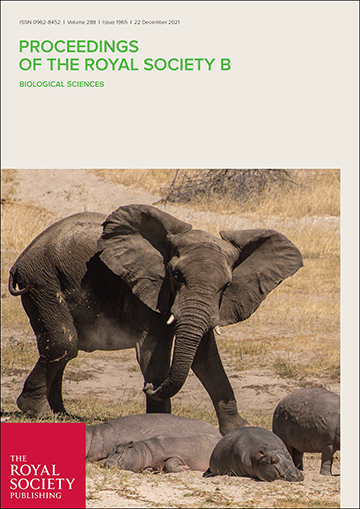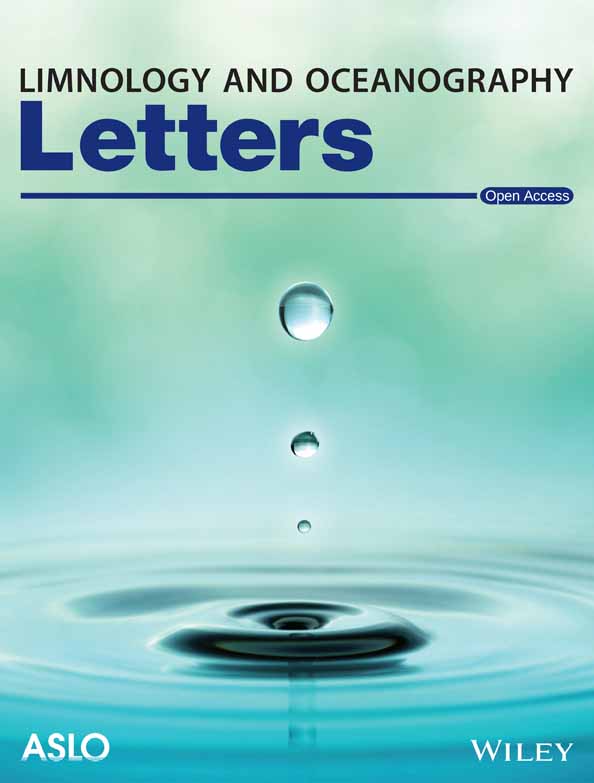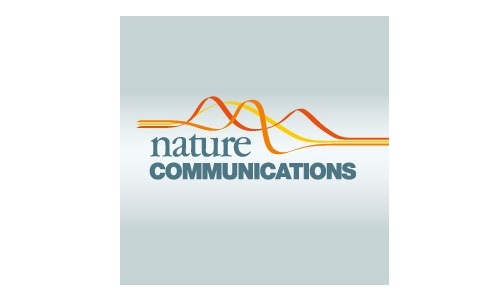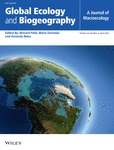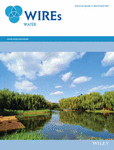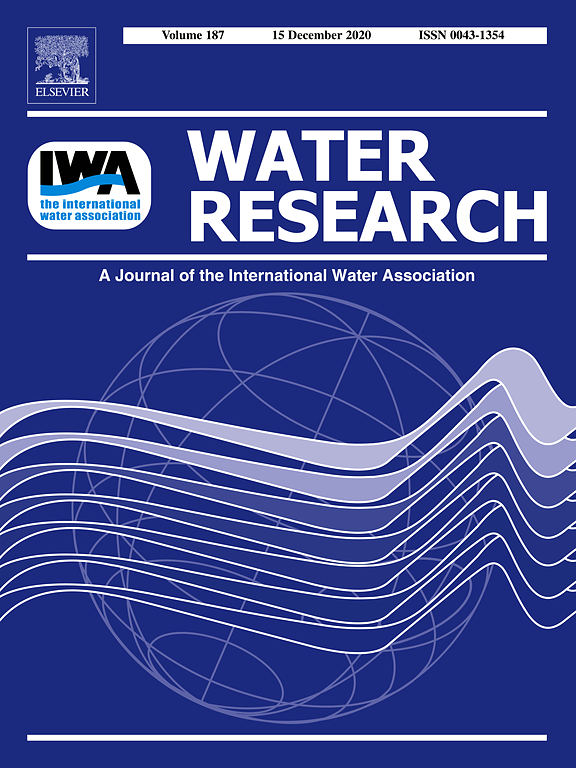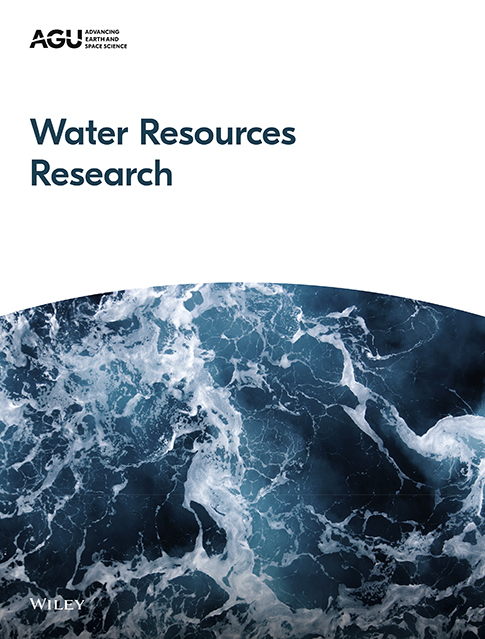Multispecies collective waving behaviour in fish
Groups composed of more than one species offer a unique opportunity to look into the evolution of both mechanistic and functional aspects of collective behavior. The study presents data on mixed-species fish shoals that perform collective dives. The dampening effect of less responsive gambusia on molly diving behavior can have strong evolutionary consequences on the overall collective behavior.
Anaerobic duration predicts biogeochemical consequences of oxygen depletion in lakes
A team from TU Bergakademie Freiberg and IGB has developed an easy-to-use method to estimate the consequences of oxygen depletion in the deep water of lakes. Monitoring data from L. Arendsee and L. Stechlin, a.o., were used to model the spatiotemporal extent of anoxia. The novel tool has the potential to predict the ecological consequences of increasing anoxia in lakes due to climate warming.
Global Protected Areas as refuges for amphibians and reptiles under climate change
The authors investigated the effectiveness of Protected Areas (PAs) in conserving amphibians and reptiles under climate change. They found that PAs are effective in providing refuge to these species, but spatial conservation gaps still exist and many species may go extinct due to climate change.
The global EPTO database: worldwide occurrences of aquatic insects
Thanks to the commitment of nearly 100 researchers, the EPTO-database is the first global data source regarding geo-referenced and freely available data sets on aquatic insect occurrences - Mayflies (Ephemeroptera), stoneflies (Plecoptera), caddisflies (Trichoptera) and dragonflies (Odonata) - worldwide.
Blooms also like it cold
Cyanobacteria are considered to be heat-loving, and massive algal blooms are reported mainly in summer, when monitoring is particularly close. Now, the authors show that cyanobacterial blooms can also occur at colder temperatures - even under ice. If the algal blooms go unnoticed, there are risks to drinking water production.
Multispecies assemblages and multiple stressors: synthesizing the state of experimental research in freshwaters
This is a review of multiple-stressor research in freshwaters, particularly studies that have experimentally manipulated multiple stressors and measured responses of multispecies assemblages. There is a gap between biotic interactions under multiple stressors and ecosystem recovery pathways after restoration, indicating a disconnect between multiple stressor research and environmental practice.
Unravelling the role of sulphate in reed development in urban freshwater lakes
The authors analysed data from 14 lakes in the Berlin catchment area for the period 2000 to 2020. They found that if sulphate concentrations had not increased, there would be about 20 per cent more reeds in the sulphate-polluted lakes today.
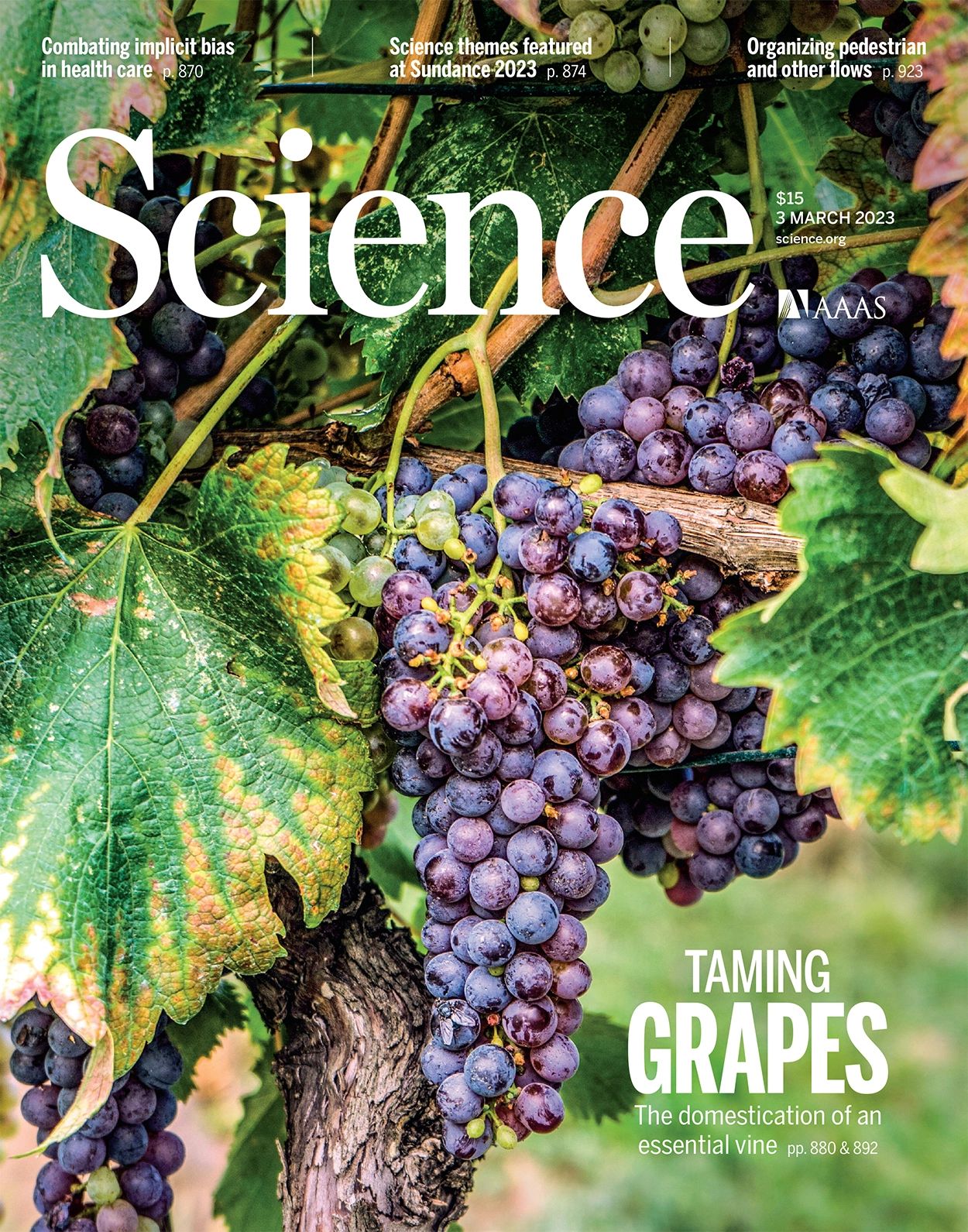
Ecosystem-based management outperforms species-focused stocking for enhancing fish populations
In a large-scale effort, a research team in cooperation with angling clubs, has conducted whole-lake experiments in 20 lakes to improve ecological conditions. Habitat improvements were the most effective means to enhance fish populations, whereas fish stocking completely failed. The study emphasizes the importance of restoring habitats and improving natural ecosystem processes.

Worldwide moderate-resolution mapping of lake surface chl-a reveals variable responses to global change (1997–2020)
Whether a lake appears blue or green is also related to its chlorophyll-a content. Researchers led by IGB used satellite data to draw conclusions about the concentrations of the green pigment produced by algae.
Upscaling Tracer-Aided Ecohydrological Modeling to Larger Catchments: implications for Process Representation and Heterogeneity in Landscape Organization
The authors adapted a tracer-aided ecohydrological model to upscale tracer-informed process representation to larger catchments scales. The modeling unravelled spatio-temporally varying patterns of water storage-flux-age interactions and their interplay under drought. Insights into ecohydrological functioning at scales relevant to management decision-making are important for guiding interventions.


